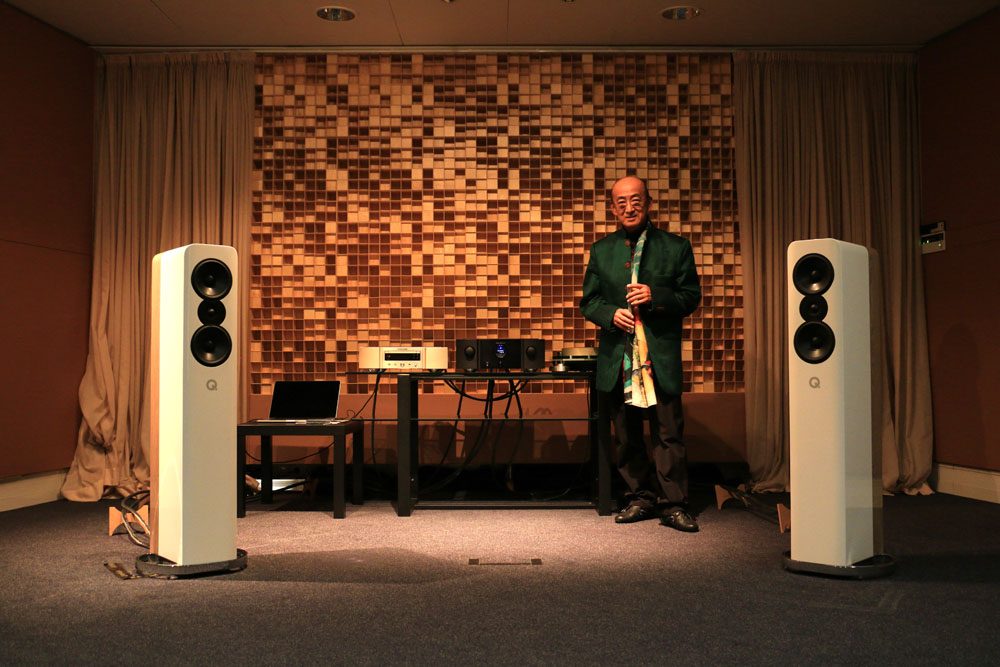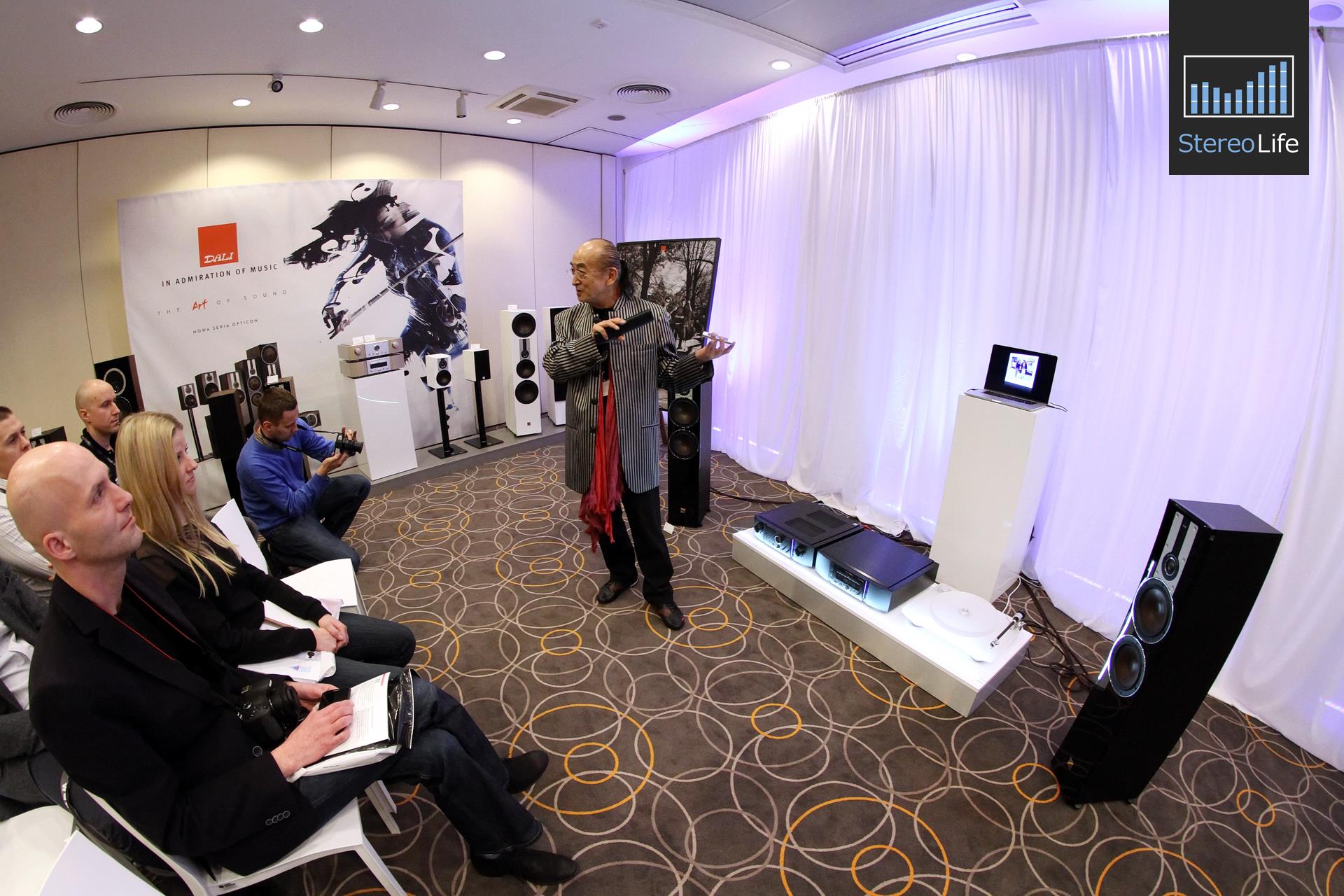BobbyTimmons
Senior Member
- Joined
- Dec 26, 2019
- Messages
- 355
- Likes
- 403
Ishiwata toe in or extreme toe in where the speakers cross over in front of the listening position. Made famous by the audio industry legend Ken Ishiwata of Denon/Marantz. Ken Ishiwata used it not only to tame untreated rooms during Marantz demos where he would stream songs from his iPhone. It was even used in his critical listening room which had $160,000 of acoustic room treatments.




Last edited:
